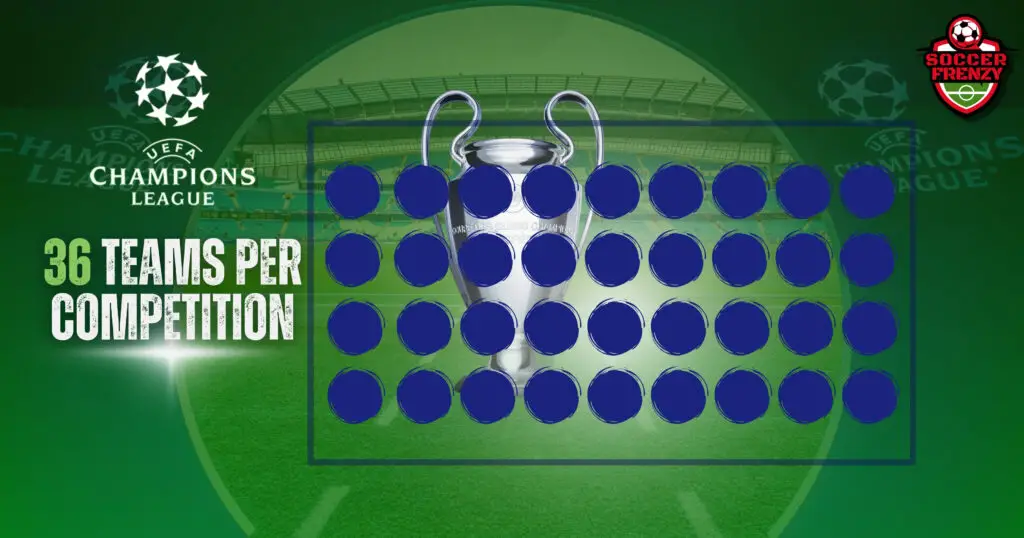As we know, the Champions League has ended, and since the current season, the strongest club football competition in the world has changed completely.
In the 2024/2025 season, a brand-new format of the Champions League started. The struggles and debates surrounding this format change lasted from 2019 to 2022, when it was finally decided at a meeting of the European football organization UEFA in Vienna that a drastic change in the competition would occur. In that period, there were various fierce opponents and skirmishes.
Let’s remember the year 2021 and the attempt to create the European Super League, a closed league for the biggest and richest clubs in the world.
Still, that attempt failed, and in the end, most authorities agreed to change the Champions League.
The last match played in the old Champions League format was the final between Real Madrid and Borussia Dortmund. Madrid celebrated and won their 15th trophy in the competition. At that time, UEFA announced a new plan for the new season, and the biggest change since 1992 was presented. The decision was made shortly after the richest ones floated the idea of a Super League where those with less money would have almost no chance. This format will definitely give more opportunities to those clubs that are weaker on paper.
The new Champions League format eliminates the group stage.
Instead of the previous 32 clubs that competed in groups of 4 teams, now as many as 36 clubs will make up one league.
Each team that qualifies in the tournament booked eight games, 4 of which will be played away and four at home. The scoring system remains the same – three points for a win, one for a draw. The eight best-placed teams go directly to the round of 16, while the clubs between the 9th and 24th places will play the second round (playoffs) to secure one of the eight remaining places in the further competition.
The draw will decide the pairings in the playoffs, and on it, the teams will be divided into two groups: holders (from 9th to 16th place in the league) and non-holders (from 17th to 24th place).
The losers from the playoffs continue the competition in the Europa League, and the clubs that are between 25th and 36th place finish the season in European competitions. It should be noted that the Europa League will have the same format as the Champions League. In the Conference League, on the other hand, each team will play six games in the first phase.
Thanks to the new format, there will be many more matches in the elite competition (which was one of the main goals of the organizers),
so instead of 125, we will watch a total of 189 matches during one season. Each of the three European competitions in the new system will have an “exclusive week.” For example, there will be no Europa League and Conference League matches in the “exclusive week” of the Champions League. The week’s elite competition matches will be divided into Tuesday, Wednesday, and Thursday.
From its foundation in 1992 until the last competitive season last spring, the Champions League (formerly known as the European Champions Cup) as a competition has not experienced such drastic changes in system and format.
UEFA is certainly making a bold move with this format
and it is still definitely early for real assessments of what this format brings.
Surely, one of the goals of the clubs is higher earnings, and the main idea would be to strengthen the weaker ones and give them more opportunities to play at the biggest football show.
Read More About Champion’s League.



